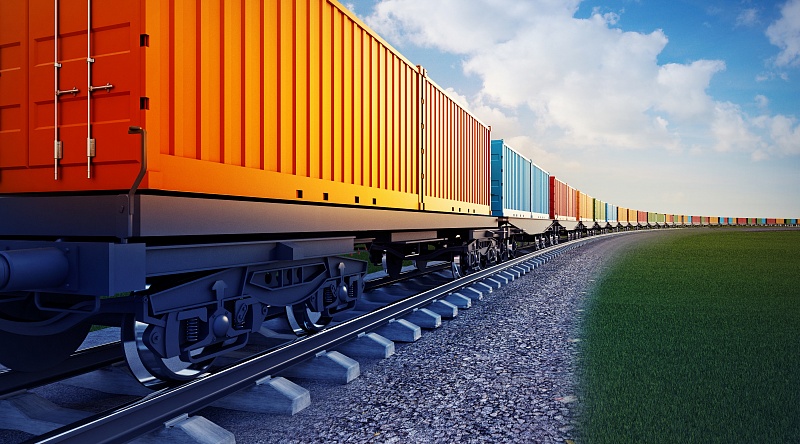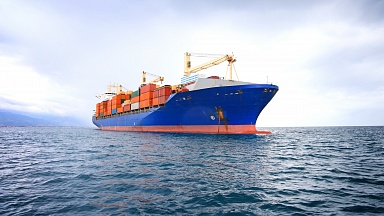In 2020, the Eurasian railway transit route showed record growth rates in terms of traffic volumes. In 2019 the total freight traffic volume for the rail Eurasian route was 333 thousand TEU, in 2020, it hit 546.9 thousand TEU, with an increase of 64 %. The development drivers were, on the one hand, the constant improvement of the transportation technology on the route itself, and on the other hand, the restrictions imposed due to the spread of COVID-19, which incited consignors along the China-Europe-China route to opt for the railroad.
This modal shift was triggered by disruptions in air transport operations and the crisis of sea cargo traffic, that dramatically increased the demand for the services of railways, and transport and logistics operators working in the Eurasian space. As a result, the Drewry WCI, which reflects the price of sea container shipping, exceeded for the first time that of the ERAI Index ¬— the main quotation for the Eurasian rail transit. If, in April 2020, WCI was $ 1,495, in October it was already $ 2,590, almost equaling the ERAI ($ 2,676). In November, the transportation price for one TEU reached $ 2,902, for the first time overtaking the price of transit by rail.
Nevertheless, additional efforts are required to preserve the advantages gained by the rail transport: both to eliminate bottlenecks and to improve the infrastructure, as well as to attract new goods (consignors) to the railway. In this regard, the transportation of agricultural products provides great opportunities. The increasing consumer demand in China, the natural scarcity of arable agricultural lands, and the developing agriculture & food (A&F) in the countries of this region impose the need for development in this direction.
The main problem for diversifying the A&F product range is the sanctions imposed on Russia and the counter-sanctions initiated by the Russian Federation. Such a situation around Russia, as one of the main transit countries and A&F goods producers in the Eurasian space, resulted in a virtual freezing of this activity.
However, thanks to the decree of the Russian President in summer 2019, the transit of sanctioned cargoes was allowed through the territory of the Russian Federation subject to special requirements. The use of seals to protect containers from opening is a prerequisite for transportation of sanctioned products from Europe to China. In 2020, several pilot shipments were made in a close cooperation between the Eurasian route operator, the Russian Railways company, and Russian government agencies.
Therefore, the goal of this study is to analyze the opportunities and limitations on the transit of A&F goods along the Eurasian route in the China — Europe — China direction, both in terms of the most promising commodity groups in the mutual trade and the current situation in the agricultural logistics.




